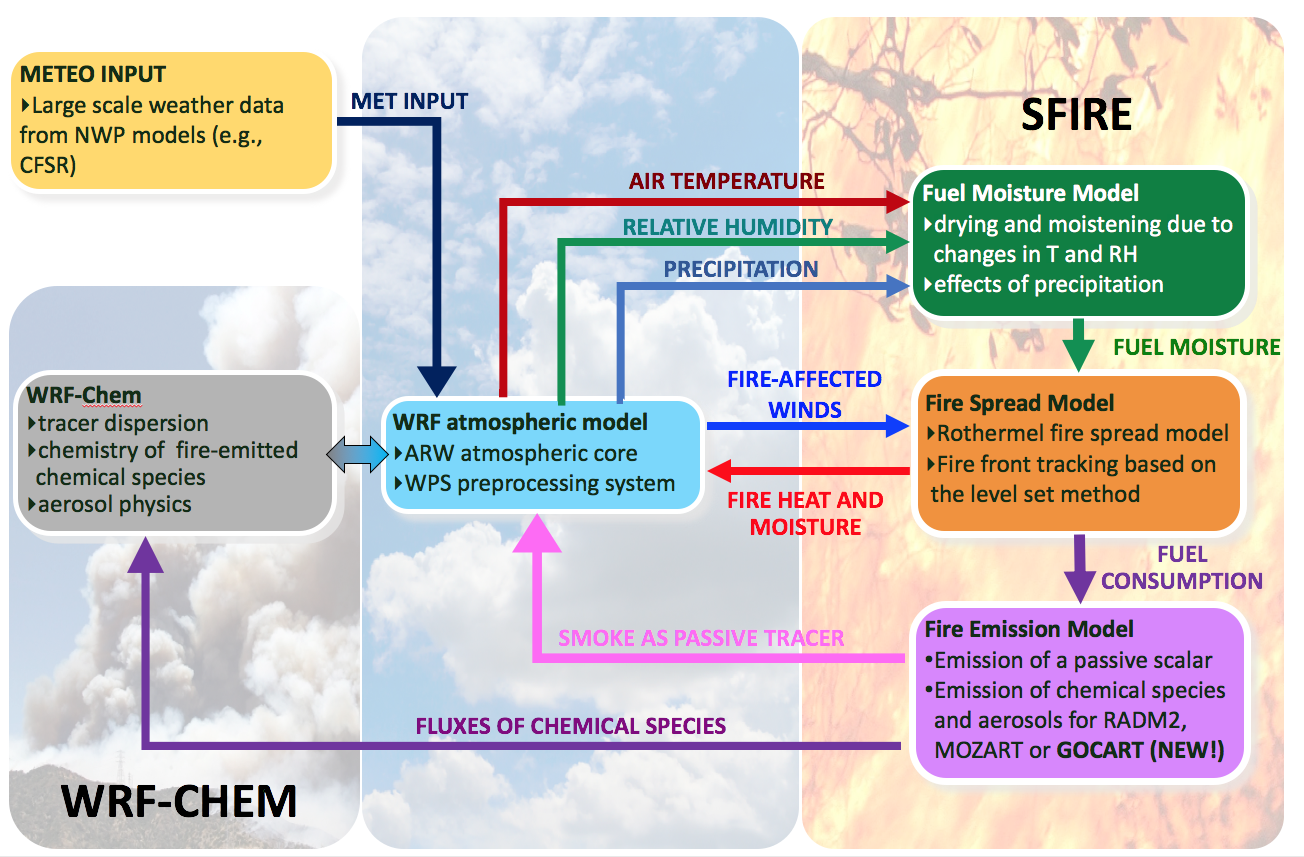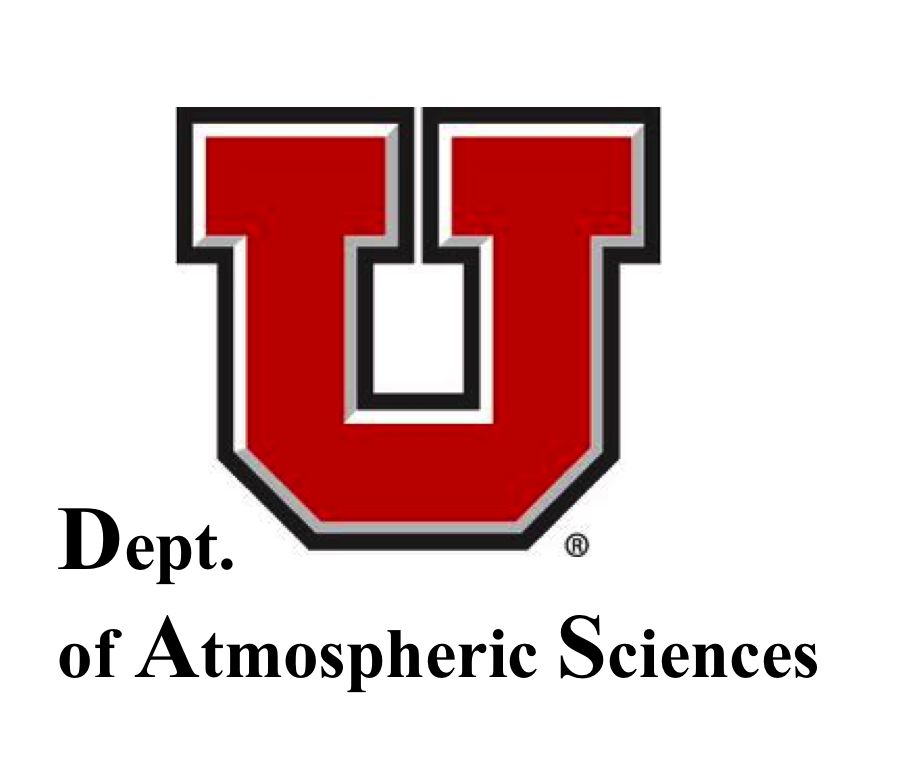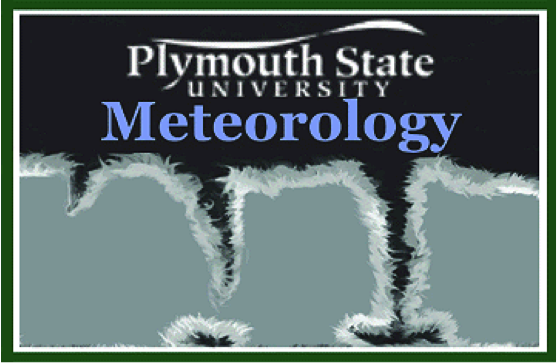Wildfire smoke modeling

In an effort to understand and forecast wildfire smoke, my research team uses a variety of modeling tools such as (HYSPLIT-STILT) and the Weather Research and Forecast model coupled with a fire spread model (WRF-SFIRE).
HYSPLIT-STILT is a trajectory-based model that can determine where air has come from for a specific area of interest. We often refer to this area of interest as the STILT "receptor". Using a receptor-based modeling framework, we can determine the origin of smoke, evaulate fire emission inventories, or even isolate how fires could be impacting air quality on decadal timescales.
WRF-SFIRE is a state-of-the-art smoke and fire model that can simultaneously make forecasts for meteorology, fire growth, the fire plume rise, and downwind smoke dispersion. WRF-SFIRE is an especially useful tool for simulating local-scale smoke transport during episodic events, or for elucidating complex interactions between smoke, mountain meteorology, solar radiation, and cloud microphysics.
An example of a smoke simulation for Northern Utah can be seen below where the colored-filled contours represent WRF-SFIRE simulated PM2.5 concentrations, while the colored-filled circles represent PM2.5 concentrations measured by nearby air quality stations deployed along the Wasatch Front.



